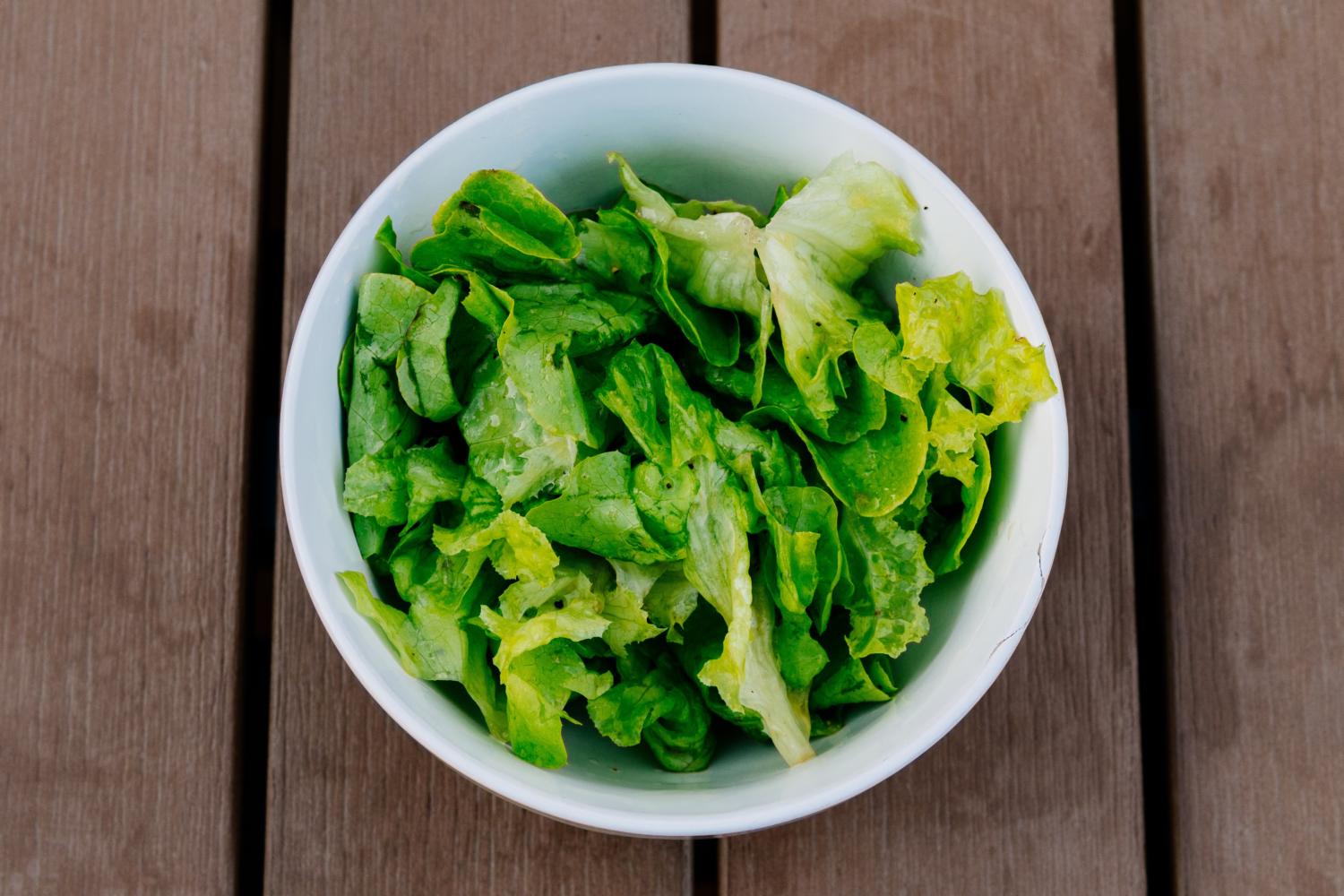
Sometimes it seems lettuce is losing out to other leafy salads. When I began growing, it was just about the only leafy salad vegetable gardeners cultivated. Salad leaves like rocket, mizuna or lamb’s lettuce were almost unheard of – rocket wasn’t for eating, it was either something that went to the moon or was let off on Guy Fawkes Night.
Now, these and other leafy salad crops fill supermarket salad bags. Often, if gardeners grow lettuce at all, it’s the cut-and-come-again type to be jumbled with other leaves in a mixed salad.
You might be thinking that I’m not a fan of rocket and its other leafy relatives. Far from it: I like and grow a wide range of mixed salad leaves. For me, though, these are late autumn, winter and spring crops, best grown in a greenhouse or polytunnel. Growing leaf salad in summer, especially outdoors, isn’t easy. Rocket, for example, tends to ‘rocket’ in warm weather, throwing up a seed head at the expense of leaves. What’s more, those leaves are often shot through with holes caused by flea beetle.
Lettuce, on the other hand, is generally less bothered by warmer weather and pests. That’s not to say that it’s trouble-free. Slugs will munch the outer leaves, and various insect pests will infest the plants. If not harvested promptly or in very hot weather, lettuce will also run to seed. On the whole, though, lettuce will produce better quality and more plentiful leaves in summer conditions than crops such as rocket and its friends.
In fact, it’s all too easy to have a glut of lettuce. If you sow or plant lots at one time the result will be loads ready all at once. Unless you eat prodigious quantities or resort to the not to be recommended lettuce soup, there’ll be many left over, which will quickly deteriorate or run to seed. The key to growing lettuce, therefore, is to sow or plant little and often.
Late March or early April is the time to get started. You could risk sowing directly in the soil but a safer option is to sow seeds in a pot or tray under cover and plant out in a month or so when the plants have established. Another option is to buy a few seedlings from a garden centre. That’ll give a head start. To keep the supply going, make further sowings or plantings at roughly three-week intervals. If using plants, the last planting can be in mid-August. This should give a harvest into October.
There are hundreds of lettuce varieties usually grouped into four main types. Three of these, iceberg (crisphead), cos (romaine), or soft-leaved (butterhead), are usually harvested as entire heads. The other category, ‘leaf lettuce’ can be cropped over several weeks with a few leaves removed at each picking. These are useful if you don’t want a lot of leaves at one time. Popular varieties include the green Salad Bowl or the red fringed Lollo Rosso. For me, these are a bit floppy and lacking in bite. In the main, I grow heading types. Cos are probably my favourites. These tend to hold in good condition longer than butterheads and are less tricky to grow than icebergs. If I had to recommend one cos variety it would be the long-established Little Gem or a similar newer variety such as Maureen or the red-leaved Little Leprechaun.











Add a comment